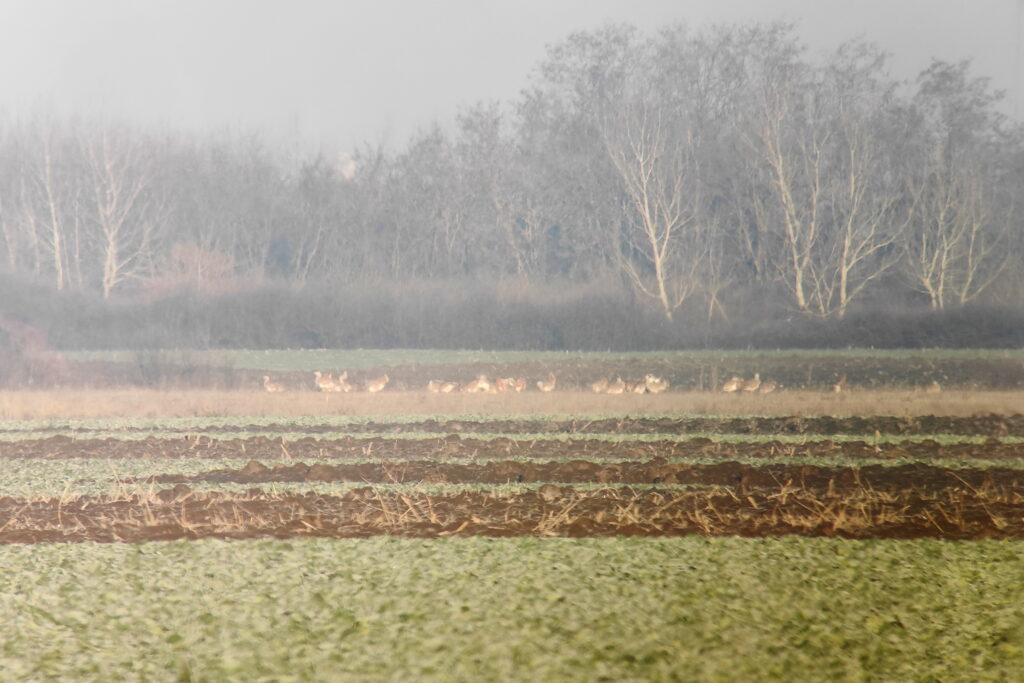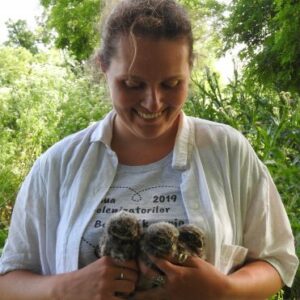The great bustard population is increasing in the Pannonian region – this is the conclusion reached by experts following the fifth Synchronous winter count of the Great Bustard in Central Europe. During the survey conducted in January, the Milvus Group, together with colleagues from Austria, Hungary, Serbia, and Slovakia, counted the individuals observed in the known great bustard habitats.
The synchronised census is deliberately conducted in winter, as during this period, great bustards gather in droves, making them easier to locate. Furthermore, the sparse vegetation does not hinder bird observation, and the cold weather makes dirt roads more accessible, facilitating field patrolling and the identification of great bustard groups.
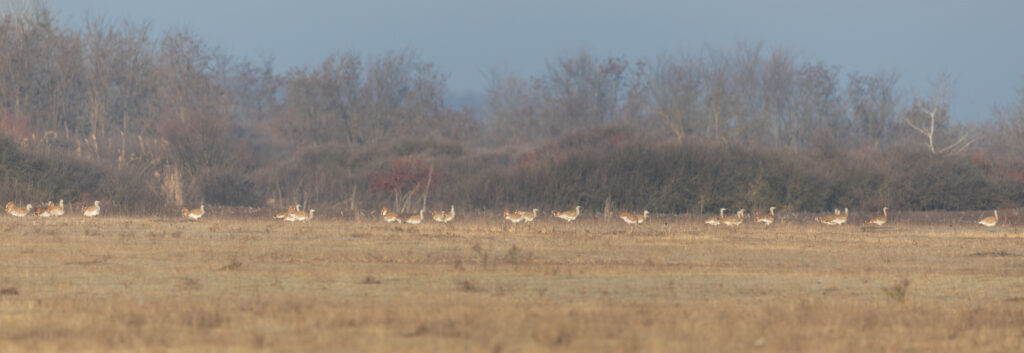
This year, the Milvus Group collaborated with both the Körös-Maros National Park Directorate and the Hortobágy National Park Directorate (HNPI) from Hungary to survey cross-border great bustard habitats. This was necessary because, in addition to the area around Salonta (Bihor County), overwintering great bustards were also observed further north, in the vicinity of Oradea. These individuals most likely belong to the breeding population of the Bihari Plain, which falls under the jurisdiction of the HNPI. The Milvus Group’s specialist extensively explored cross-border habitats deemed suitable for great bustards between Săcueni and Salonta and identified 107 individuals in the already known areas of Salonta and along the Crișul Repede River. Although even more individuals were recorded in December, this number represents a record for the traditional synchronised censuses conducted in January.
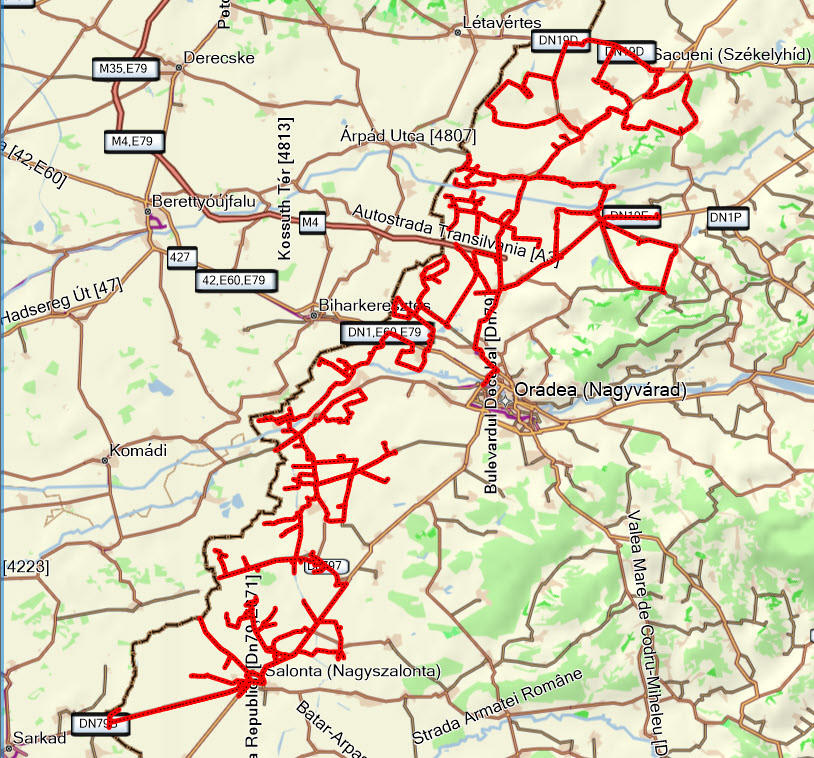
According to the overall results, at least 2,722 great bustards were present in the Carpathian Basin during the January period, while a record 1,345 individuals were observed in the eastern region (the area east of the Tisza River, including Romania’s great bustard habitats).
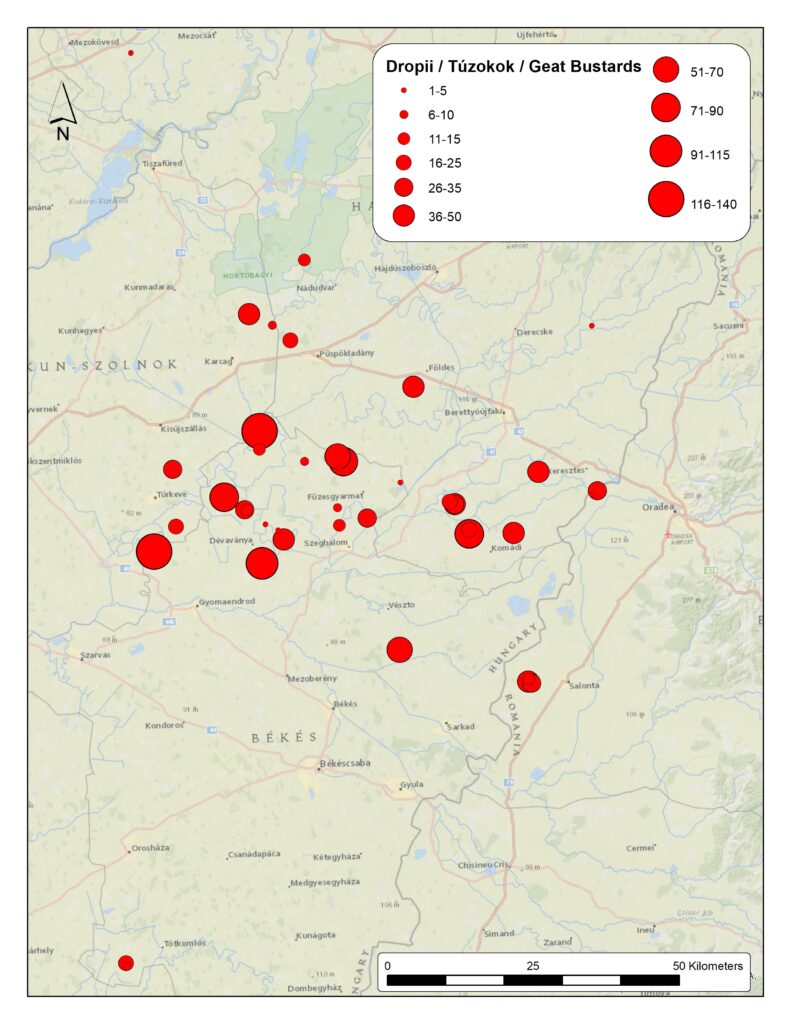
Although these figures are promising and suggest that the Pannonian great bustard population is increasing, the protection of the species is still not ensured in all areas, particularly in the habitats of Crișana region. As far as we know, the areas between the Crișul Repede River and the state border are used by great bustards only for wintering, and as a breeding species, they may have disappeared from there decades ago. Regarding the great bustard habitats around Salonta, these birds continue to be threatened by numerous negative factors. If we fail to ensure the long-term conservation of these habitats while also improving the living conditions of the great bustards, the species could permanently disappear from Romania as a breeding bird.
